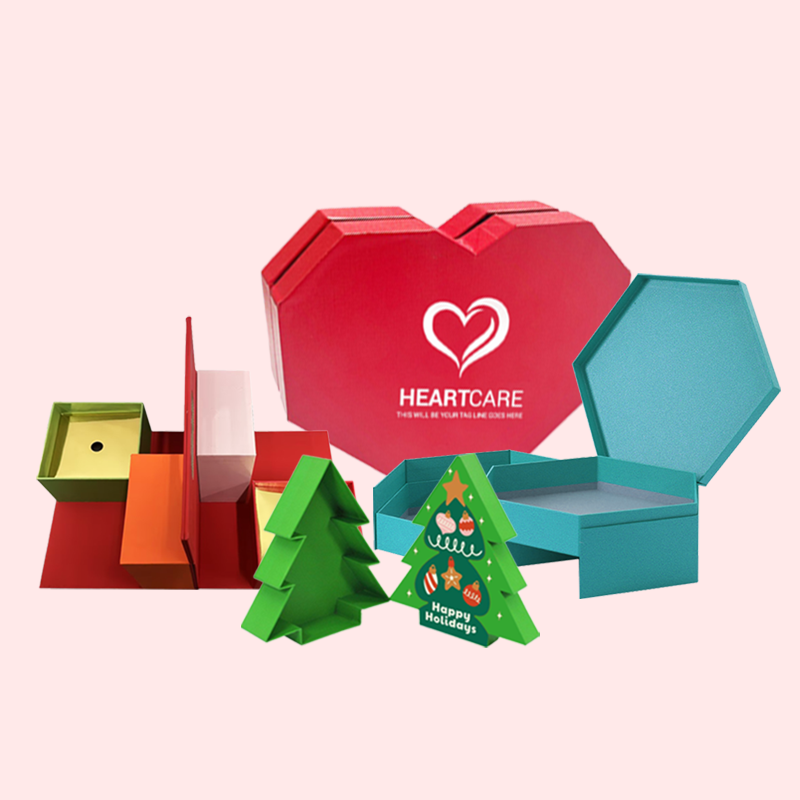Introduction
In today's eco-conscious market, going green is more than a trend; it's a necessity. One way businesses are contributing to sustainability is through minimalist packaging design. This approach not only reduces waste but also enhances brand appeal. In this article, we will explore what minimalist packaging design is, its benefits, how to implement it, and current trends shaping the industry.
What is Minimalist Packaging Design?
Minimalist packaging design focuses on simplicity and functionality. It uses fewer materials, straightforward graphics, and clean lines to create an aesthetically pleasing and environmentally friendly package. This design philosophy emphasizes the product itself rather than excessive packaging, reducing environmental impact and often lowering costs.
Benefits of Minimalist Packaging Design
Sustainability Minimalist packaging is inherently sustainable. By using fewer materials, it reduces waste and conserves resources. This approach often incorporates recyclable or biodegradable materials, further minimizing the environmental footprint.
Cost-Efficiency Using less material benefits the environment and reduces production and shipping costs. Lightweight packaging means lower transportation expenses, and simplified designs can streamline manufacturing processes, saving time and money.
Consumer Appeal Consumers are increasingly drawn to brands that prioritize sustainability. Minimalist packaging often conveys a message of quality and sophistication, appealing to eco-conscious customers. It also enhances the unboxing experience by focusing attention on the product itself, creating a lasting impression.
How to Implement Minimalist Packaging Design
Material Selection Choose sustainable materials such as recycled paper, cardboard, or biodegradable plastics. Opt for materials that are strong yet lightweight, ensuring product protection without excess.
Design Principles Focus on clean lines, simple typography, and minimal color palettes. The goal is to highlight the product while reducing visual clutter. Use eco-friendly inks and printing techniques to maintain sustainability throughout the design process.
Production Techniques Implement efficient production techniques that minimize waste. This can include precise cutting methods, digital printing to reduce excess, and designing packaging that can be easily recycled or repurposed by the consumer.
Examples of Successful Minimalist Packaging
Case Study 1: Brand A Brand A, a cosmetic company, switched to minimalist packaging by using sleek, recyclable containers and simple, elegant labels. This change not only reduced their environmental impact but also boosted their brand image and sales.
Case Study 2: Brand B Brand B, a food manufacturer, adopted minimalist packaging by using biodegradable boxes and minimalistic graphic designs. This shift resonated with their environmentally conscious customers, leading to increased brand loyalty and market share.
Trends in Minimalist Packaging Design
Use of Recycled Materials More companies are incorporating recycled materials into their packaging. This trend supports the circular economy and meets consumer demand for eco-friendly products.
Digital Printing Innovations Advancements in digital printing allow for high-quality designs with less waste. This technology enables brands to produce visually appealing packaging while maintaining their commitment to sustainability.
Conclusion
Going green with minimalist packaging design is a smart and responsible choice for businesses today. It offers numerous benefits, from cost savings to enhanced brand appeal, all while contributing to a healthier planet. By adopting sustainable materials, simplifying design, and embracing new technologies, companies can create impactful, eco-friendly packaging that resonates with modern consumers. The future of packaging lies in minimalism and now is the time to embrace it.






